LOOKING OUT FOR YOU...
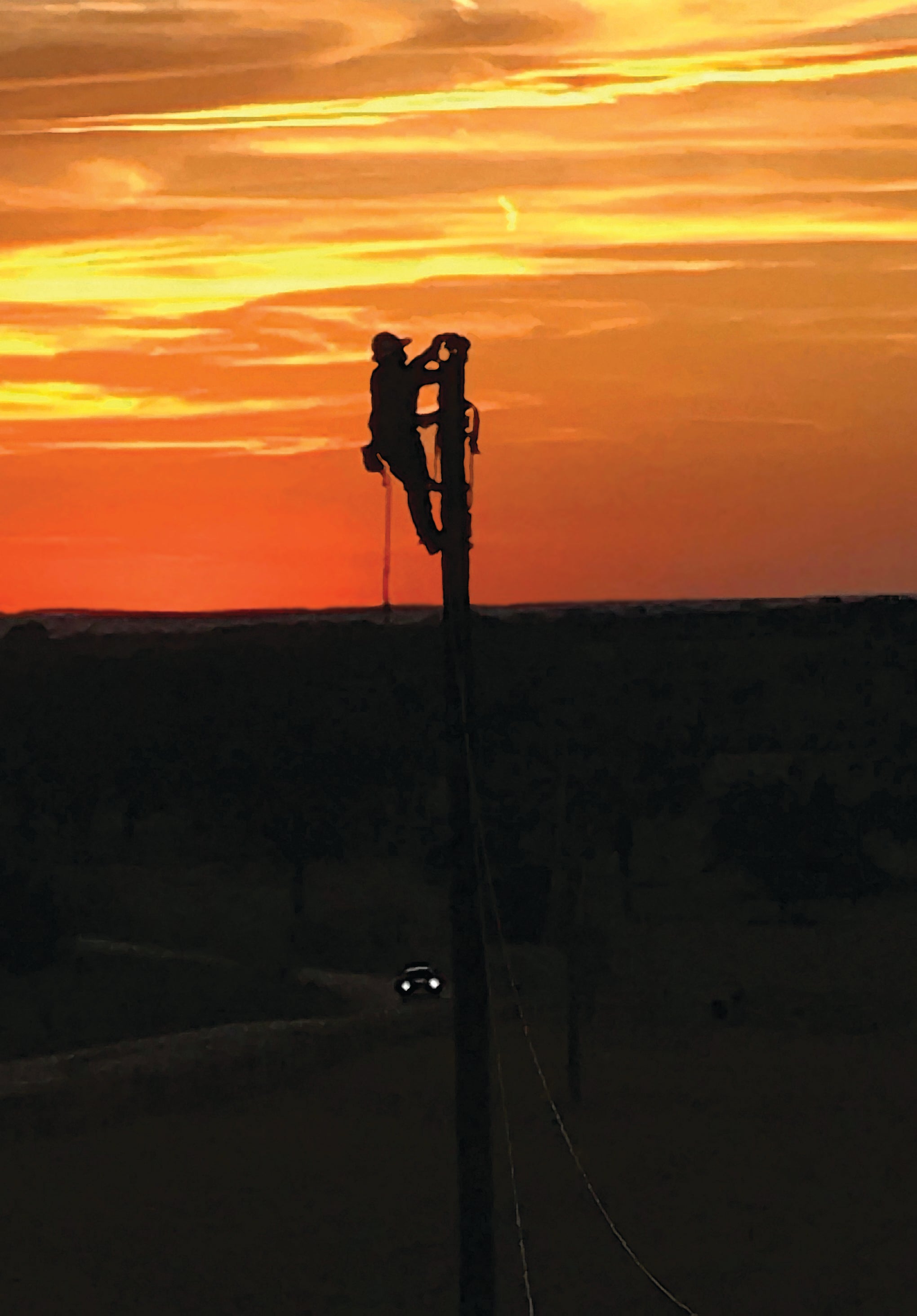 Since 1938, United Cooperative Services has provided reliable, affordable power to the rural homes and businesses of North Texas. Headquartered in Burleson, United is an electric distribution cooperative serving more than 110,000 meters and more than 79,000 members.
Since 1938, United Cooperative Services has provided reliable, affordable power to the rural homes and businesses of North Texas. Headquartered in Burleson, United is an electric distribution cooperative serving more than 110,000 meters and more than 79,000 members.
See Our Service Territory and Representatives
See A Full Map of the Service Territory Print a PDF
United plays a key role in the economic development of its communities and, unlike a private utility, the cooperative is a not-for-profit business owned by the consumers it serves. Formed in April 2000 after Johnson County Electric Cooperative and Erath County Electric Cooperative consolidated, United has combined greater buying power with a more efficient, economic operation.
As a member of Touchstone Energy® Cooperatives, a branding initiative and national alliance of local, consumer-owned electric cooperatives, United plays a key role in the economic development of its communities.
Maintaining more than 13,600 miles of energized line, United's electric service territory includes all or parts of Johnson, Erath, Hood, Bosque, Somervell, Palo Pinto, Coryell, Eastland, Comanche, Stephens, Young, Hamilton, Tarrant and Ellis counties. United's high-speed internet service boasts more than 20,000 miles of fiber-optic cable and more than 34,000 subscribers.
United Cooperative Services is one of more than 60 electric distribution cooperatives in Texas and one of more than 900 electric cooperatives across the country. Coming years will see more growth and more changes, but United’s commitment to reasonable rates, reliable power and superior service for its member-owners will never change. That’s more than a promise; that’s a pledge of priority. And at United, we keep our priorities straight. United repeatedly scores in the 90s and high 80s each quarter in the American Consumer Satisfaction Index (ACSI). The ACSI provides a uniform and independent measure of consumer experience with 225 of the leading corporations in America. It represents about 66 percent of the U.S. gross domestic product. Overall, electric cooperatives often average in the high 70s while investor-owned utilities and municipal electric providers score in the mid- to low-70s.
The Co-op Difference
With the help of Franklin D. Roosevelt, who established the Rural Electrification Administration in 1935, friends and neighbors banded together to create a new kind of electric utility, where the voice of every person made a difference.
Electric cooperatives brought electric power to areas—mostly rural—when no one else would. Today, America’s electric cooperatives continue to answer that call. With the same focus on member needs, today’s electric cooperatives provide much more than competitively priced, reliable energy. They are committed to improving the quality of life in their communities and for the member-owners who live there.
Electric cooperatives are owned by their members, are operated locally and focus on their member needs and local priorities. They are an integral part of the communities they serve.
Members First
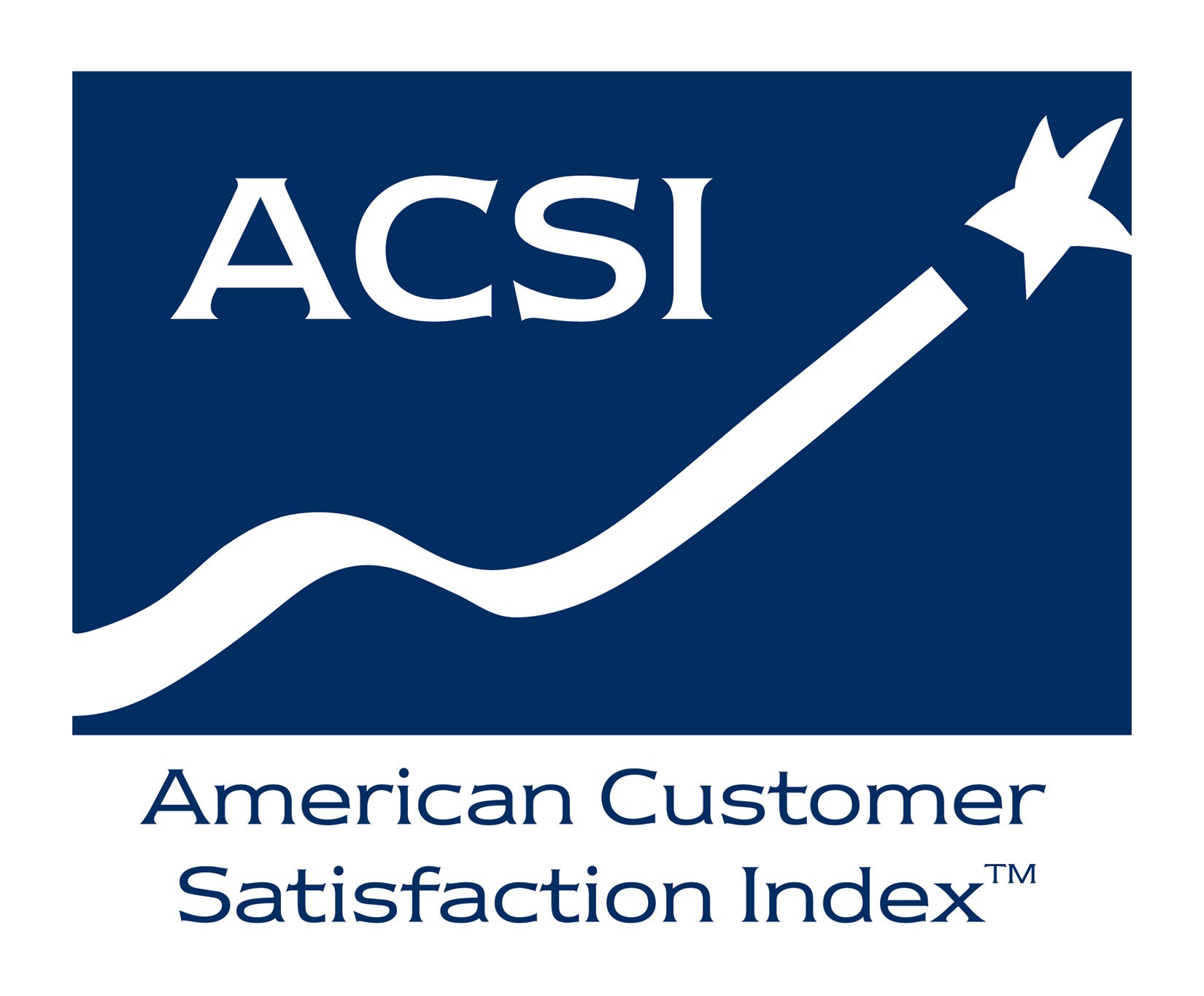 The cooperative business model guarantees every member a voice in business decisions. Members know they can trust their cooperative, because it was created not to make profits, but simply to deliver electricity. Co-ops offer stability, reliability and better value.
The cooperative business model guarantees every member a voice in business decisions. Members know they can trust their cooperative, because it was created not to make profits, but simply to deliver electricity. Co-ops offer stability, reliability and better value.
The efforts of United Cooperative Services' employees have been recognized by the membership as being in an elite class when it comes to consumer satisfaction. According to the American Customer Satisfaction Index, (ACSI), United consistently scores in the high 80s and 90s out of a possible 100 points. To put that benchmark in perspective, the utilities industry as a whole averages at about 74 points.
United measures satisfaction each quarter to ensure members continue to receive a level of service that’s second to none. The ACSI, sponsored by the American Society for Quality and administered by the business school at the University of Michigan, tracks consumer satisfaction levels across 47 industries and more than 225 corporations. Some of those corporations include Wal-Mart, Kroger and Microsoft, and none come close to matching the satisfaction scores that United has received since the cooperative began using the survey in 2004.
Responsive to Local Needs
Though many large utility companies are closing local offices and utilizing work forces overseas, electric cooperatives are located in the communities they serve, making them easily accessible and responsive to members’ needs.They work hard to achieve a better quality of life for member-owners.
Accountability
Since consumers own co-ops, together, they chart the course for the business.
Every member has an equal voice in running the enterprise. Unlike an investor-owned utility, in which the investor with the most shares has the most clout, co-op business is conducted through a locally elected board of directors and an annual meeting where policy is proposed and voted on by members, each having one vote.
Electric cooperatives are small enough to listen and close enough to notice the needs of a single customer.
Each co-op employee is committed to meeting higher standards of customer satisfaction.
United Cooperative Services strives every day to demonstrate the Cooperative Difference. Simply put, United is looking out for you.
Our Principles Guide Us
Cooperatives like United were founded on a set of business principles first developed in the 1840s by industrious but impoverished weavers in England. They banded together in cooperation to improve their business opportunities. The same principles that guided those early businesses survive today at all electric cooperatives providing service to 42 million consumers across the country.
The seven principles that guide electric cooperative governance and operations are intended to ensure a sustainable business model that puts the interests of you, the member-consumer, first. Texas' electric cooperatives have been guided by these principles for nearly 80 years now.
Cooperative Principles
Cooperatives are voluntary organizations, open to all persons able to use their services and willing to accept the responsibilities of membership, without gender, social, racial, political or religious discrimination.
Cooperatives are democratic organizations controlled by their members, who actively participate in setting policies and making decisions. The elected representatives are accountable to the membership. In primary cooperatives, members have equal voting rights (one member, one vote) and cooperatives at other levels are organized in a democratic manner.
Members contribute equitably to, and democratically control, the capital of their cooperative. At least part of that capital is usually the common property of the cooperative. Members usually receive limited compensation, if any, on capital subscribed as a condition of membership. Members allocate surpluses for any or all of the following purposes: developing the cooperative, possibly by setting up reserves, part of which at least would be indivisible; benefiting members in proportion to their transactions with the cooperative; and supporting other activities approved by the membership.
Cooperatives are autonomous, self-help organizations controlled by their members. If they enter into agreements with other organizations, including governments, or raise capital from external sources, they do so on terms that ensure democratic control by their members and maintain their cooperative autonomy.
Cooperatives provide education and training for their members, elected representatives, managers and employees so they can contribute effectively to the development of their cooperatives. They inform the general public, particularly young people and opinion leaders, about the nature and benefits of cooperation.
Cooperatives serve their members most effectively and strengthen the cooperative movement by working together through local, national, regional and international structures.
While focusing on member needs, cooperatives work for the sustainable development of their communities through policies accepted by their members.
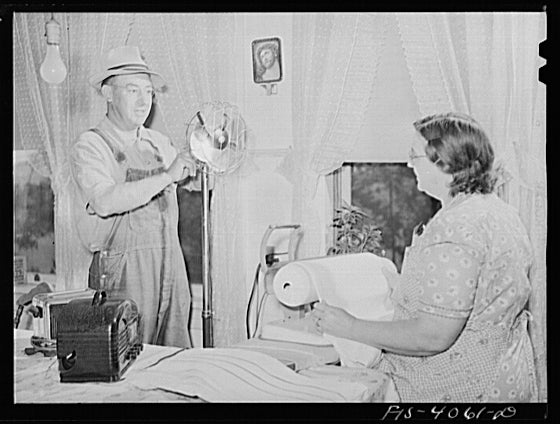
United's Fast Facts
- Year of Inception – 1938 (both Johnson County Electric Cooperative and Erath County Electric Cooperative originally formed in 1938, becoming United Cooperative Services after they consolidated on April 1, 2000).
- Counties Served – 14 total. All or parts of Bosque, Comanche, Coryell, Eastland, Ellis, Erath, Hamilton, Hood, Johnson, Palo Pinto, Somervell, Stephens, Tarrant and Young counties.
- Miles of Energized Line – More than 11,800 miles, including more than 1,800 miles of underground line.
- Connected Meters – 110,000.
- Members – 79,000.
- Average Meters per Mile of Line – 9.3.
- Wholesale Power Supplier –Constellation Energy.
- Number of Employees – 230.
- High-Speed Internet Subscribers – More than 34,000.
- Miles of Fiber-optic Cable – More than 10,000 miles.
- General Manager/CEO – Cameron Smallwood.
- Board President – Tommy Cantrell.
- Board Meeting Dates – Fourth Monday of each month.
The History of United

In the early 1930s, most urban areas of Texas and the United States had enjoyed electric service for 50 years. But darkness ruled the nights beyond the city limits. Private power companies in towns turned down requests to provide service to sparsely populated rural areas, deciding the effort simply was not profitable. Only 10 percent of the rural homes in America had central station service.
Private power companies also mistakenly believed farm families couldn’t afford electricity and had no need for it, so many of the conveniences taken for granted in cities were unknown to rural families. Farm and ranch wives cooked meals on wood stoves, children completed homework by the dim light of coal-oil lamps and family members pumped water by hand, just as they had done for centuries.
Local farmers and ranchers decided that if they were going to get power, they would have to bring it themselves by forming local cooperatives. The impact on rural quality of life was electrifying.

Before 1935, about 90 percent of rural people lived without electric power. That changed during the Great Depression after President Franklin D. Roosevelt pledged “a New Deal” to the American people. One of his New Deal initiatives for economic recovery was rural electrification.
In 1935, President Franklin D. Roosevelt created, by executive order, the Rural Electrification Administration (REA). The following year, Congress made the REA a permanent agency. The goal of the REA was to provide electric power to rural America, but its method was indirect. The actual implementation came through local people forming cooperatives. Functioning as a loan agency, the REA provided financing for the effort and when existing power companies would not build power lines out into the country, rural residents joined together to receive loans and establish electric cooperatives.
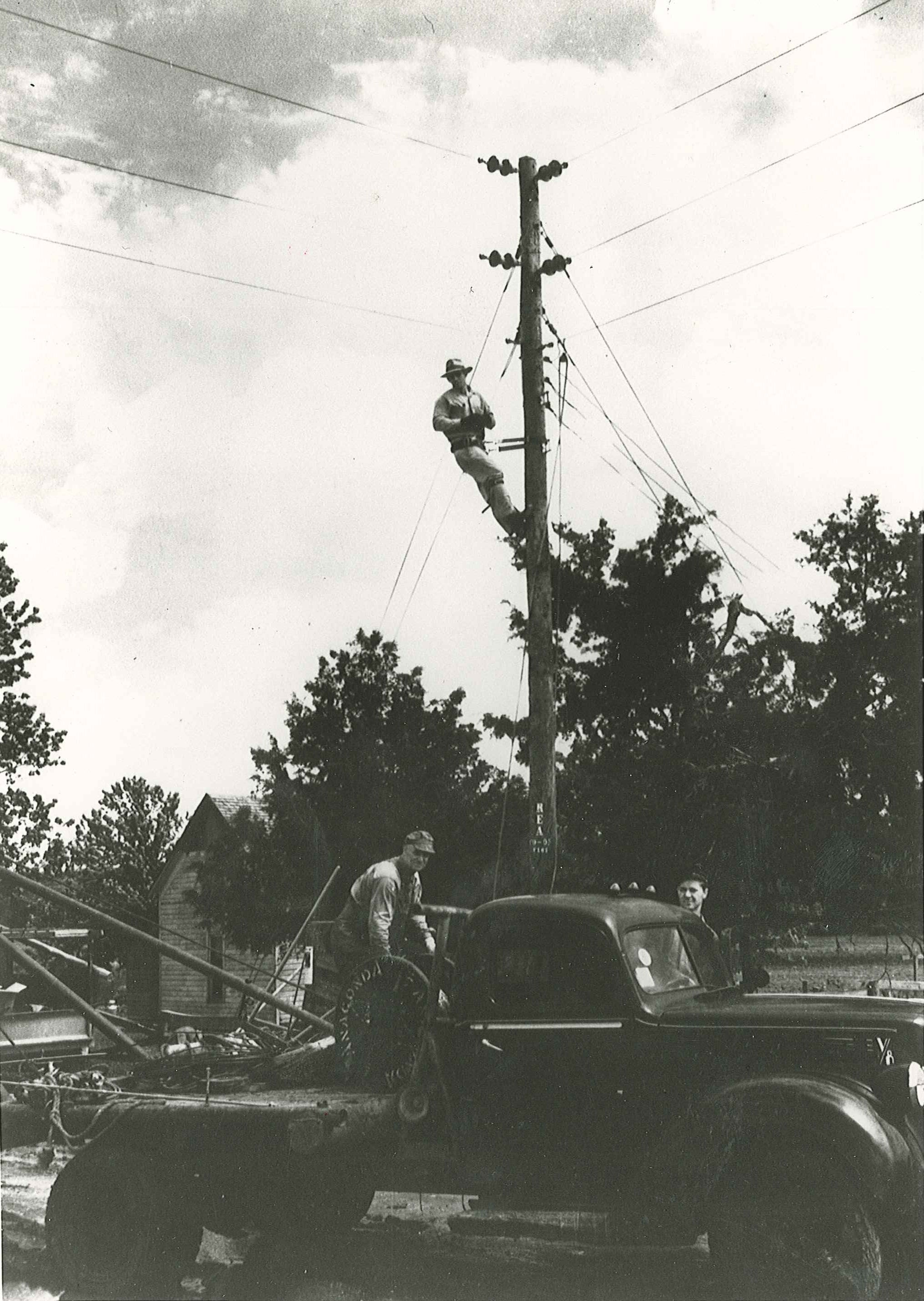
Johnson County Electric Cooperative and Erath County Electric Cooperative Association were formed in 1938 about the same time as many other Texas co-ops. The "vast system” of each co-op would establish more than 300 miles of wire. (Today, United has nearly 30 times as much line.)
An article in the Alvarado Bulletin from November 1938 reported that work had begun on the Johnson County co-op. “Construction work on a vast system of transmission lines that will make electric current available to rural residents was started last Monday morning," the article stated. "The first stake was driven on the J.S. Hallman place by Tom S. Senter, member of the Johnson County Electric Cooperative board of directors."
By 1940, 567 cooperatives across the nation provide electricity to more than 1.5 million consumers in 46 states.
In 1999, after more than 60 years as separate entities, Johnson and Erath cooperatives began work on consolidating their operations, to better compete in Texas’ deregulated electric industry.
Members overwhelmingly passed the consolidation proposal, and on April 1, 2000, a ribbon-cutting ceremony for the new logo unveiled new entity’s name: “United Cooperative Services.” Today's United is a larger enterprise that will result in more efficiency and economy for its members.
The co-op serves a very diverse membership with more than over 85,000 meters in 14 counties. However, expansion hasn't changed how United operates in all the important ways. We’re still committed to the communities we serve, to personal attention, technology, reliability and to bringing the best benefits at the lowest possible price to the people we work for—our members.
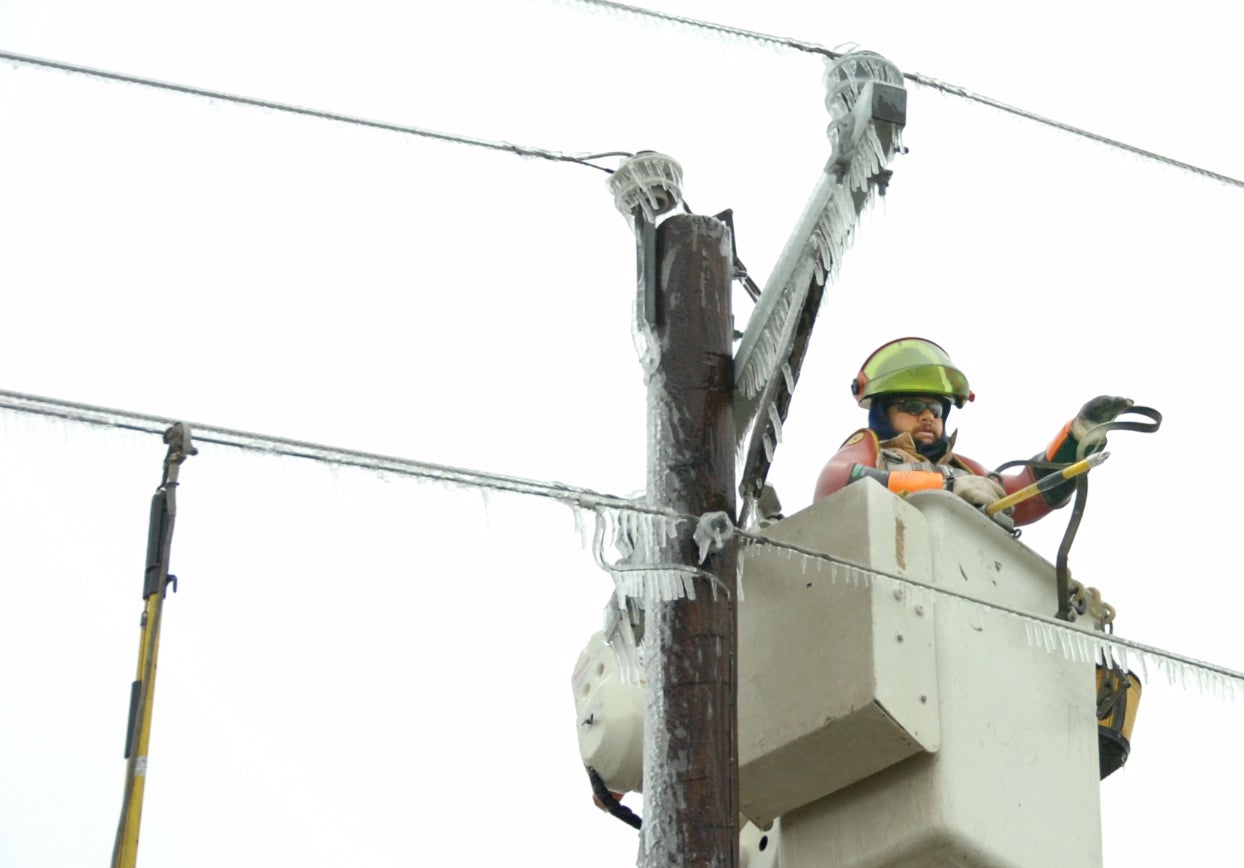 Today, United is one of Texas’ 64 electric distribution cooperatives that provide safe, reliable electric service at the lowest possible cost to the state’s nearly 3 million member-consumers. Texas co-ops own more than 260,000 miles of lines serving more than 1.2 million meters in 244 of Texas’ 254 counties. A total of 930 electric co-ops serve 35 million people in 46 states across the country. The rural electric cooperatives operate more miles of electric lines than the combined totals of all other electric utilities in the country.
Today, United is one of Texas’ 64 electric distribution cooperatives that provide safe, reliable electric service at the lowest possible cost to the state’s nearly 3 million member-consumers. Texas co-ops own more than 260,000 miles of lines serving more than 1.2 million meters in 244 of Texas’ 254 counties. A total of 930 electric co-ops serve 35 million people in 46 states across the country. The rural electric cooperatives operate more miles of electric lines than the combined totals of all other electric utilities in the country.
Electric cooperatives differ from other power providers in that they are tax-paying, non-profit businesses owned by the consumers they serve. As member-owned utilities, the distribution systems are self-regulating. As voluntary organizations open to all people who are able to use their services, co-ops also are democratic and members actively participate in setting policy and making decisions.
To perform their mission, electric cooperatives deliver approximately 10 percent of the total kilowatt-hours sold in the U.S. each year and employ nearly 60,000 people in the United States. Co-ops across the country serve an average of 7 consumers per mile of line and collect annual revenue of approximately $8,500 per mile of line. This is a stark comparison to investor-owned utilities, which average 34 customers per mile of line and collect $59,000 per mile of line, and publicly owned utilities, or municipals, which average 44 consumers and collect $72,000 per mile of line.
Today, nearly 1,000 rural electric cooperatives have electrified nearly the entire rural area of the United States. This accomplishment, more than any other one factor, closed the cultural gap that existed between rural and urban life.

